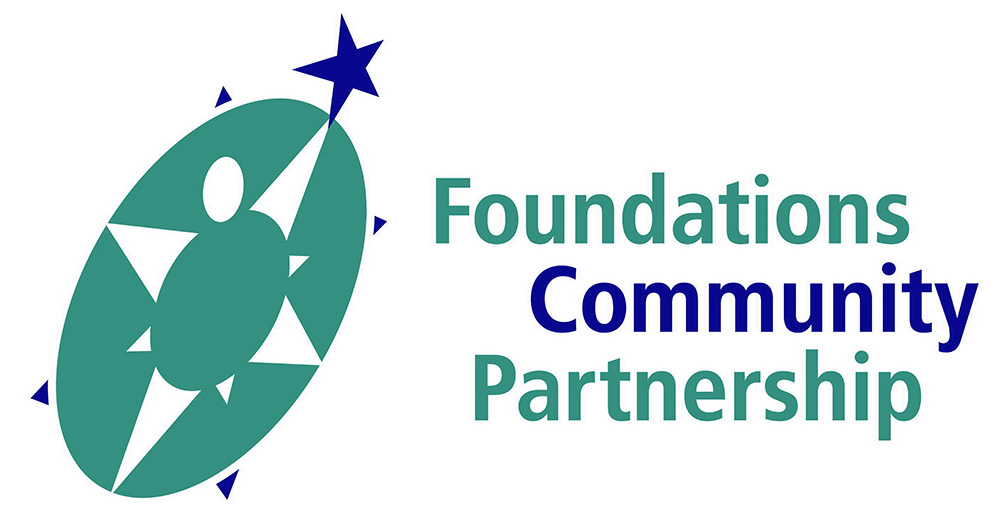A Closer Look at Teasing and Bullying …
Dr. Richard Gallagher’s workshop “Critical Thinking About Teasing & Bullying” walked us through some very interesting concepts about teasing and bullying. He defined teasing as using words or gestures to criticize a person, indicating that something about the person is wrong and can be friendly or unfriendly. Bullying is defined as using words or actions to: Restrict access to resources, Take away resources, Gain power for present or future benefit, Retaliate for slights, or respond to problems. He said that three elements had to be present for bullying to occur:
1. The group had to be approximately the same age.
2. The actions had to occur repeatedly.
3. There had to be an imbalance of power between the bully and the victim. Also, there can be verbal or physical bullying. Although this definition is better than most, it does not solve the philosophical question that I have had for years with this issue. More on this later,,,
Dr. Gallagher pointed out that teasing and bullying can be either normative, meaning to help set social boundaries by shaping behavior in a social group. (i.e. if you have an offensive odor, you will take a shower next time, after being teased), or pathological (i.e. intended to hurt someone. You are fat and stupid, you are a loser.) Harm can be fleeting or lead to mental health problems such as anxiety, depression or even suicidal ideation He provided the expected data on etiology, and prevalence. Such as: Bullies are likely to have been bullied in the past or from a dysfunctional family. Bullying is part of nature and occurs throughout the lifespan. It will never be totally eliminated. Childhood teasing and bullying occurs most in early middle school as social groups are forming but becomes less by high school, when homogenous social groups are more developed.
Bullying for boys is mostly physical. Bullying for girls is mostly verbal.
Girls are more likely to be victims of cyber bullying He also pointed out that bullies are usually popular and often rewarded for their actions by victim response. Bullies often feel that they are serving a social purpose, and justified in their behavior. He did mention that a small percent of bullies are leaning in antisocial directions and just plain mean, while many are simply attention seeking and impulsive.
The second half of Dr. Gallagher’s workshop focused on programs and techniques to help reduce bullying. The elements of these programs typically included:
1. Definition of bullying.
2. Standards to recognize bullying.
3. Skill development such as assertiveness training to react to bullying, or practice to become immune to the bullying equation. (i.e. Overweight = less valued as a person).
4. Incorporating bystander involvement (i.e. Hey guys, is it okay for her to call me names?).
5. Reporting bullying to adults. Unfortunately, Dr. Gallagher was able to report only modest success in these anti-bullying programs, despite the research funding to date. He emphasized that one time assemblies in the schools were not effective. He said that the change in attitude to reduce bullying in the schools will take many years, much like the change in attitude to reduce smoking in public places.
Oh, I almost forgot! My philosophical question: “When is bullying justified?” Using the current definition of “bullying”, Gandhi was a bully. He had power with many followers; he used words and actions to repeatedly threaten social disruption with passive resistance, and boycotts to restrict access to resources. What about Marin Luther King Jr. Was he a bully? Comments?
